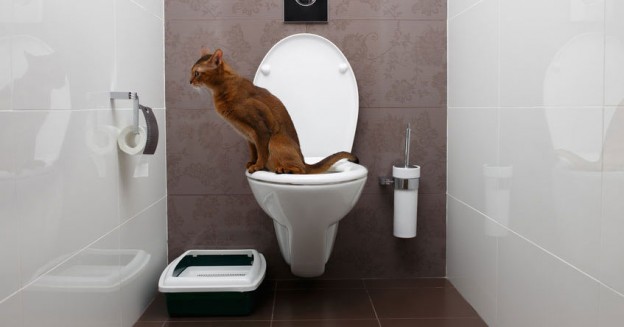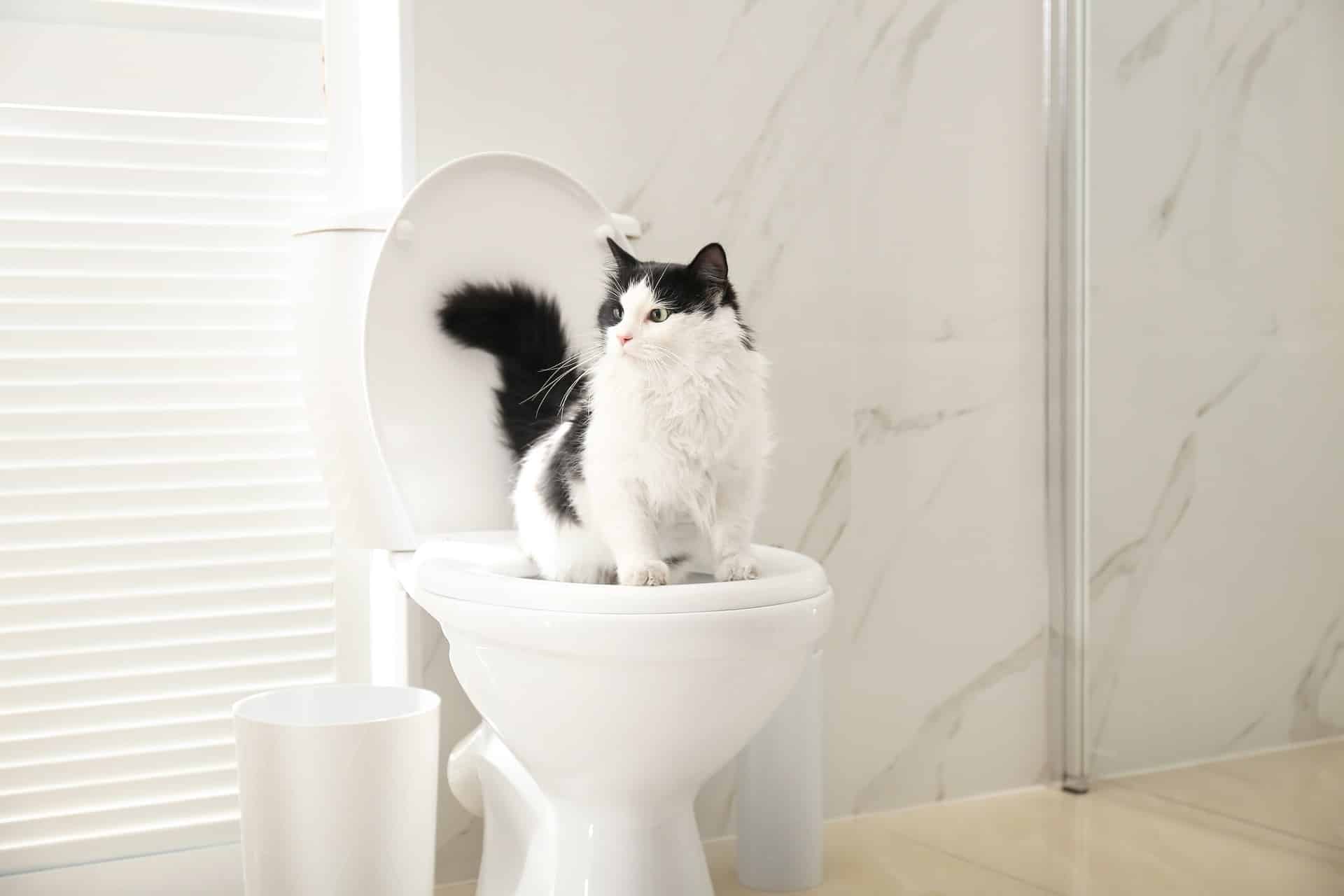What You Need to Avoid Flushing Animal Waste Down the Toilet
What You Need to Avoid Flushing Animal Waste Down the Toilet
Blog Article
What're your beliefs on Why you should never flush dog poop down the toilet?

When it involves getting rid of waste, especially animal waste, many individuals typically consider the hassle-free option of flushing it down the bathroom. Nevertheless, this relatively easy option can have severe effects for the environment and public health. In this post, we'll discover why flushing animal waste down the commode is a poor idea and supply different methods for proper disposal.
Intro
Proper garbage disposal is essential for maintaining ecological sustainability and public health. While it might appear harmless to purge animal waste down the toilet, it can lead to numerous issues, both for the atmosphere and human wellness.
Risks of flushing animal waste
Environmental influence
Flushing animal waste introduces dangerous bacteria and virus right into rivers, which can adversely affect marine environments. These pathogens can infect water resources and damage aquatic life, disrupting delicate ecosystems.
Public health concerns
Pet waste consists of dangerous germs such as E. coli and Salmonella, which can pose serious wellness threats to people. Flushing pet waste down the commode can pollute water supplies, leading to the spread of diseases and infections.
Alternatives to flushing
Instead of flushing pet waste down the commode, there are numerous alternate disposal methods that are extra environmentally friendly and hygienic.
Composting
Composting pet waste is a green means to deal with it. By composting, organic matter is broken down right into nutrient-rich dirt, which can be made use of to feed yards and plants.
Land fill disposal
Taking care of animal waste in a land fill is another alternative. While not as eco-friendly as composting, it is a much safer option to flushing, as it protects against the contamination of water resources.
Family pet garbage disposal systems
There are specialized animal waste disposal systems readily available that securely and hygienically dispose of animal waste. These systems usually use enzymes to break down waste and get rid of smells.
Steps to appropriate pet garbage disposal
To make sure correct disposal of pet waste, comply with these actions:
Scooping and getting waste
Consistently scoop and bag pet waste utilizing naturally degradable bags. This avoids waste from infecting the environment.
Utilizing assigned waste bins
Dispose of bagged animal waste in assigned waste containers, such as garden compost containers or land fill containers. Avoid flushing it down the toilet whatsoever prices.
Cleansing can and animal areas routinely
On a regular basis tidy can and pet locations to stop the accumulation of waste and germs. Usage pet-safe cleansing items to maintain health.
Advantages of appropriate disposal approaches
Taking on proper disposal methods for animal waste provides numerous advantages:
Decreased environmental pollution
Correct disposal techniques minimize the risk of environmental pollution, safeguarding rivers and ecosystems from contamination
Reduced danger of water contamination.
By avoiding flushing pet waste down the bathroom, the risk of water contamination is dramatically decreased, guarding public health.
Boosted sanitation and hygiene
Correct disposal techniques advertise far better cleanliness and health, producing a safer setting for both human beings and pets.
Verdict
Finally, flushing pet waste down the commode is dangerous to the atmosphere and public health. By taking on alternate disposal approaches and complying with appropriate waste monitoring practices, we can minimize the adverse effect of animal waste and contribute to a cleaner, healthier planet.
What To Do With Dog Poo – The Do's And Don'ts Of Disposing Of Faeces
Dog poo bins
Some councils provide dedicated dog waste bins in popular dog-walking areas that can take dog poo that has been bagged but you can legally dispose of dog waste in any public litter bin, as long as it is securely bagged. This also applies to your wheelie bin at home.
Do not flush
Water companies do not recommend flushing dog faeces down the toilet because certain parasites can survive the water processing treatment and are potentially harmful to humans. You should also never consider flushing dog poo that has been bagged down the toilet as the bags will not break down and instead create severe blockages in the sewage system.
In the woods
The Forestry Commission promotes a ‘stick and flick’ method for dealing with waste in the woods. This means finding a stick and using it to flick any poo from off the path so that it is out of the way of other walkers. You could also bury it as long as it is not in an area where there might be livestock.
Livestock
Parasites found in dog poo can be transmitted to livestock if they inadvertently eat infected faeces that has been left on grazing land. This could result in the death of sheep or abortion in cattle so you should always make sure you pick up your dog’s waste in fields where livestock could be present.

On a regular basis tidy can and pet locations to stop the accumulation of waste and germs. Usage pet-safe cleansing items to maintain health.
Advantages of appropriate disposal approaches
Taking on proper disposal methods for animal waste provides numerous advantages:
Decreased environmental pollution
Correct disposal techniques minimize the risk of environmental pollution, safeguarding rivers and ecosystems from contamination
Reduced danger of water contamination.
By avoiding flushing pet waste down the bathroom, the risk of water contamination is dramatically decreased, guarding public health.
Boosted sanitation and hygiene
Correct disposal techniques advertise far better cleanliness and health, producing a safer setting for both human beings and pets.
Verdict
Finally, flushing pet waste down the commode is dangerous to the atmosphere and public health. By taking on alternate disposal approaches and complying with appropriate waste monitoring practices, we can minimize the adverse effect of animal waste and contribute to a cleaner, healthier planet.
What To Do With Dog Poo – The Do's And Don'ts Of Disposing Of Faeces
Dog poo bins
Some councils provide dedicated dog waste bins in popular dog-walking areas that can take dog poo that has been bagged but you can legally dispose of dog waste in any public litter bin, as long as it is securely bagged. This also applies to your wheelie bin at home.
Do not flush
Water companies do not recommend flushing dog faeces down the toilet because certain parasites can survive the water processing treatment and are potentially harmful to humans. You should also never consider flushing dog poo that has been bagged down the toilet as the bags will not break down and instead create severe blockages in the sewage system.
In the woods
The Forestry Commission promotes a ‘stick and flick’ method for dealing with waste in the woods. This means finding a stick and using it to flick any poo from off the path so that it is out of the way of other walkers. You could also bury it as long as it is not in an area where there might be livestock.
Livestock
Parasites found in dog poo can be transmitted to livestock if they inadvertently eat infected faeces that has been left on grazing land. This could result in the death of sheep or abortion in cattle so you should always make sure you pick up your dog’s waste in fields where livestock could be present.

I'm certainly very drawn to Can You Flush Dog and Cat Poo Down the Toilet? and I really hope you liked the blog entry. Sharing is good. Helping others is fun. Thank you for your time. Return soon.
Call Today Report this page